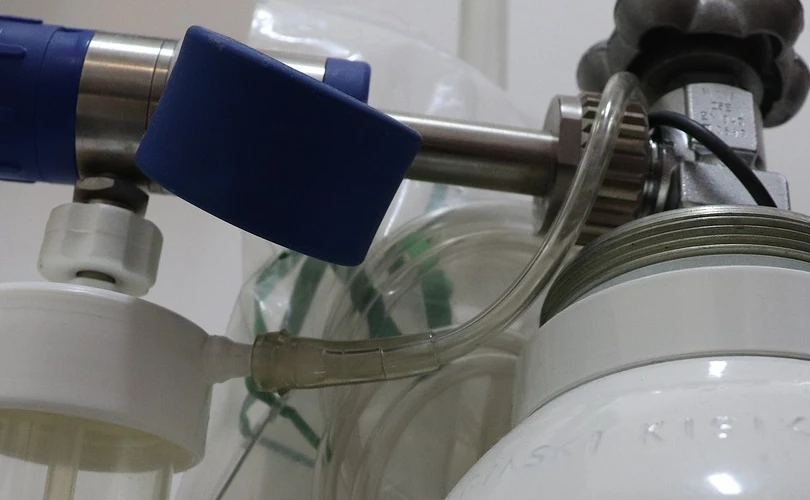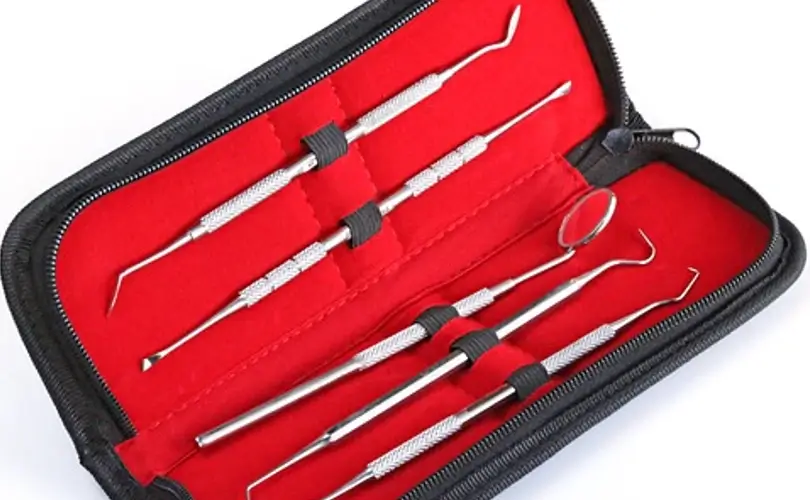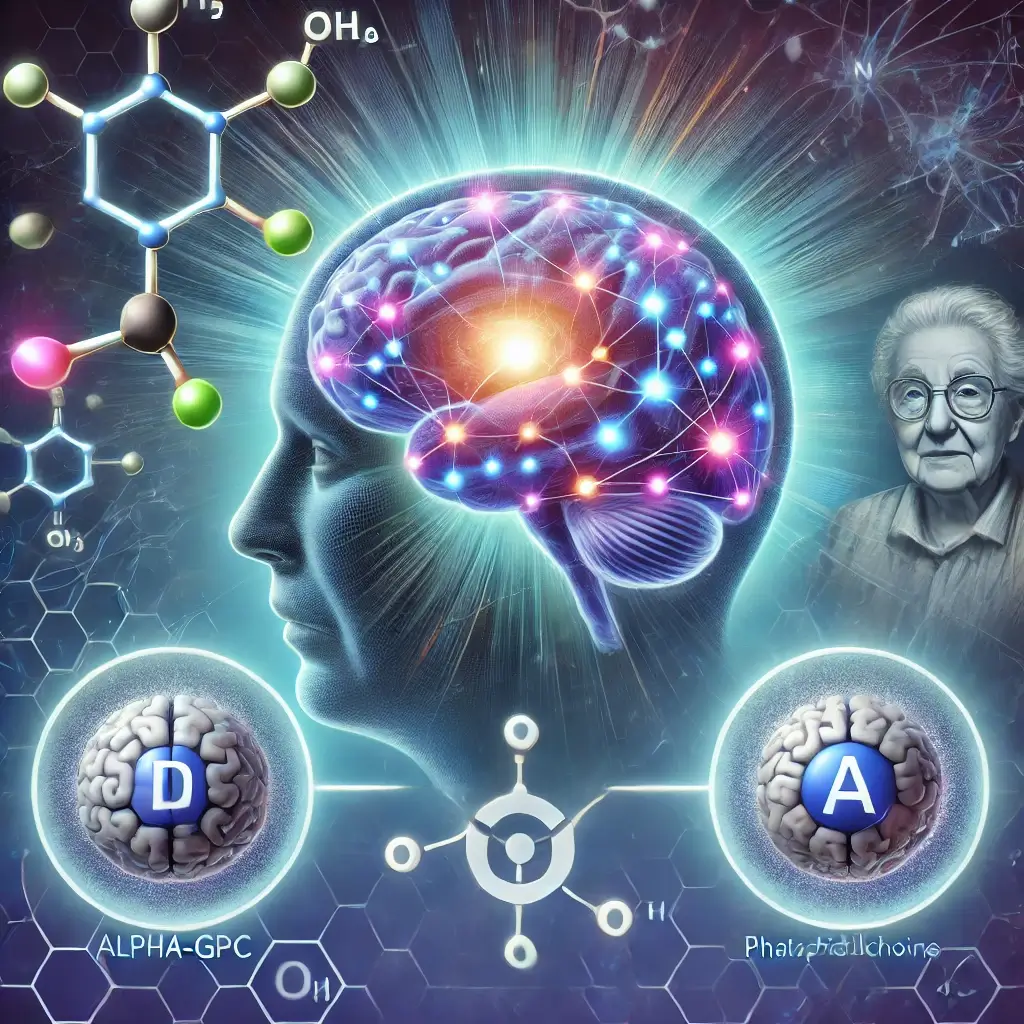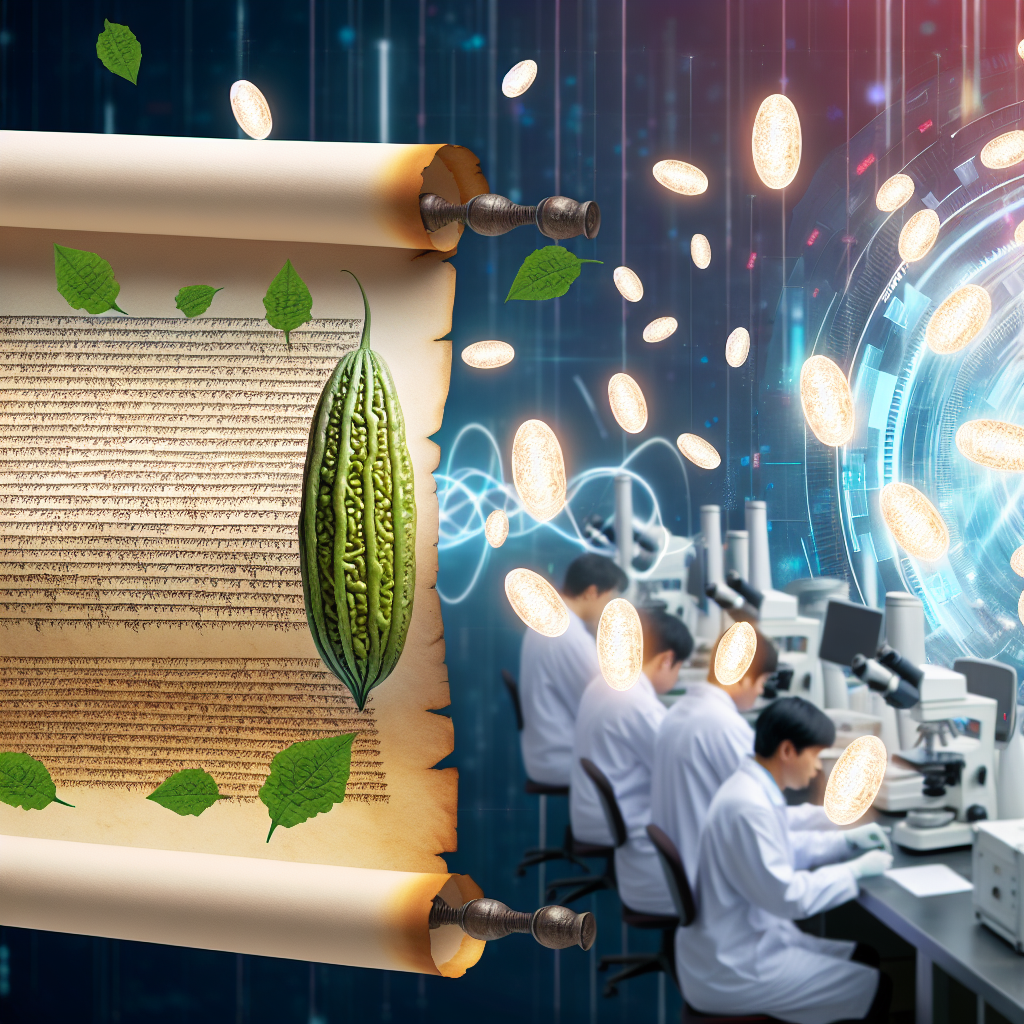Some people get cluster headaches, which are very rare and cause severe, sharp pain on one side of the head. Headaches often happen in groups, with several occurring in a short amount of time.
Men are more likely than women to get cluster headaches, and most people get them in their 20s or 30s. No one knows what causes cluster headaches, but it is thought that changes in the brain’s chemicals and blood vessels are to blame.
People who get cluster headaches often have other symptoms, such as;
Eyes that are red and watery on the affected side
In tears
Nose stuffy or running
Getting sweaty
Putting water on the face
Waxing of the eyes
Able to feel sound and light
Headache Therapy
Cluster headaches can be excruciating and make it hard to do things. They happen several times a day and last for hours. Cluster headaches can’t be cured, but there are ways to treat them and make them less painful.
Therapy with oxygen:
Breathing in pure oxygen can help ease the pain of cluster headaches.
Oxygen therapy is a way to treat cluster headaches by taking in pure oxygen through a mask. It is thought to work by narrowing the brain’s blood vessels, which makes the pain disappear.
People with cluster headaches think that oxygen therapy is a safe and successful way to treat them. A lot of people use it as their first treatment for severe cluster headaches.
A mask that fits over the nose and mouth is usually used for oxygen treatment. A tank of pure oxygen is hooked up to the mask. For 15 to 20 minutes, the person takes in the oxygen.
For people with cluster headaches, oxygen treatment is something you should talk about with your doctor. They can help you figure out if oxygen treatment is proper for you and answer any questions you might have.
Oxygen Treatment
For most people with cluster headaches, 100% air is all they need to feel better. Oxygen therapy can help stop cluster headaches from happening, but it’s not as good at doing that as it is at treating them when they occur. Several medicines can be used to treat or avoid cluster headaches. Triptans, ergotamines, and steroids are some of these drugs.
Triptans: A group of medicines called triptans are used to treat headaches. In addition, they may help with cluster headaches. It is thought triptans ease pain by making the brain’s blood vessels smaller.
Ergotamines: For many years, people with migraines have been taking ergotamines to help them feel better. In addition, they may assist with cluster headaches. To relieve pain, ergotamines narrow the blood vessels in the brain.
Steroids: Steroids can help stop or treat cluster headaches. They work by lowering brain swelling and inflammation.
Antibodies that block calcitonin gene-related peptide (CGRP): This is a younger group of medicines called CGRP antagonists that are made to treat cluster headaches. They work by stopping CGRP, a protein that plays a part in the growth of cluster headaches, from doing its job.
Biofeedback, relaxation methods, and acupuncture are some other treatments that can help with cluster headaches.
It is essential to see a doctor if you have cluster headaches. They can help you figure out the best way to treat yourself.
Here are some ways to keep from getting cluster headaches:
Avoid things that make you feel bad, like worry, alcohol, and caffeine.
Sleep enough.
Don’t lose water.
Regularly work out.

Dominic E. is a passionate filmmaker navigating the exciting intersection of art and science. By day, he delves into the complexities of the human body as a full-time medical writer, meticulously translating intricate medical concepts into accessible and engaging narratives. By night, he explores the boundless realm of cinematic storytelling, crafting narratives that evoke emotion and challenge perspectives.
Film Student and Full-time Medical Writer for ContentVendor.com




